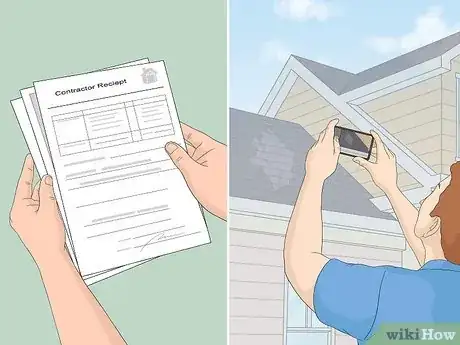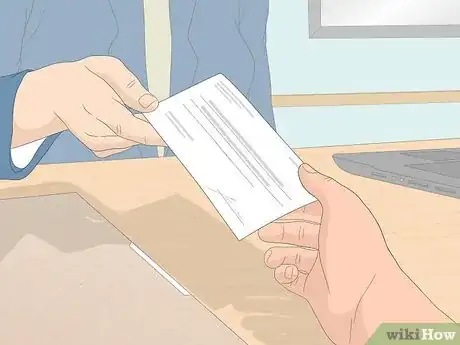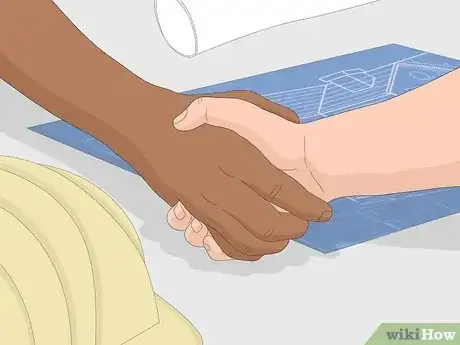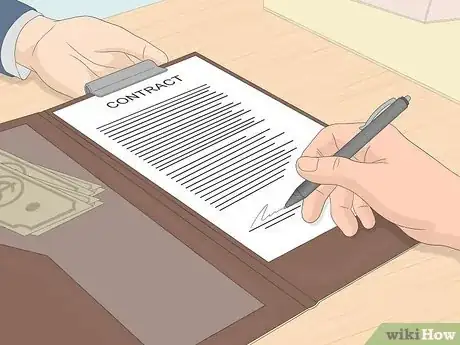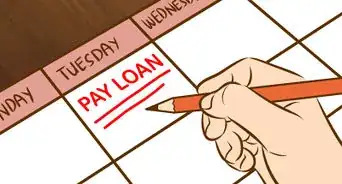This article was co-authored by wikiHow staff writer, Eric McClure. Eric McClure is an editing fellow at wikiHow where he has been editing, researching, and creating content since 2019. A former educator and poet, his work has appeared in Carcinogenic Poetry, Shot Glass Journal, Prairie Margins, and The Rusty Nail. His digital chapbook, The Internet, was also published in TL;DR Magazine. He was the winner of the Paul Carroll award for outstanding achievement in creative writing in 2014, and he was a featured reader at the Poetry Foundation’s Open Door Reading Series in 2015. Eric holds a BA in English from the University of Illinois at Chicago, and an MEd in secondary education from DePaul University.
There are 10 references cited in this article, which can be found at the bottom of the page.
This article has been viewed 1,254 times.
Learn more...
Whether a tree fell on your home, the roof was damaged by strong winds, or a storm has ripped off a few of your shingles, you’ll need to know how to file an insurance claim to get your roof repaired. Rest assured that getting your insurer to cover the costs shouldn’t be a challenge—especially if the source of the damage was totally outside of your control. In this article, we’ll break down everything you need to know about what’s covered, what isn’t, and how you can incentivize your insurance to get your new roof paid for.
Things You Should Know
- File your claim by calling your insurance company and filling out the paperwork they give you.
- If you use a larger insurance company, you can typically file claims online or through their app.
- Increase the odds your insurance pays by getting a quote for the damage or by providing before and after photos.
- Accidents outside of your control, weather damage, and tree falls are all covered by most insurance policies.
Steps
References
- ↑ https://www.tdi.texas.gov/pubs/consumer/cb025.html
- ↑ https://www.ajc.com/news/national/taking-photos-your-home-before-storm-can-speed-insurance-process-experts-say/pSlhDb8txvlyPQ2Jpov4FI/
- ↑ https://abcnews.go.com/US/steps-victims-hurricane-ian-insurance-claims-fema-aid/story?id=90719394
- ↑ https://www.iii.org/article/how-to-file-a-homeowners-claim
- ↑ https://www.iii.org/article/how-to-file-a-homeowners-claim
- ↑ https://www.iii.org/article/how-to-file-a-homeowners-claim
- ↑ https://www.ncdoi.gov/consumers/homeowners-insurance/faqs-about-homeowners-insurance#Howdoesdepreciationapplyunderahomeownerpolicy-852
- ↑ https://www.usnews.com/insurance/homeowners-insurance/what-does-homeowners-insurance-cover
- ↑ https://www.usnews.com/insurance/homeowners-insurance/what-does-homeowners-insurance-cover
- ↑ https://www.bobvila.com/articles/roof-replacement-cost/
- ↑ https://www.bobvila.com/articles/does-home-insurance-cover-roof/
- ↑ https://www.ready.gov/business/implementation/emergency
- ↑ https://www.tampabay.com/news/business/2019/10/07/dear-penny-should-we-use-our-emergency-savings-to-pay-for-a-new-roof/
